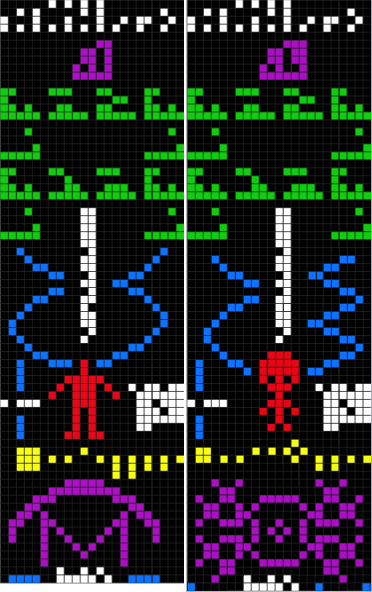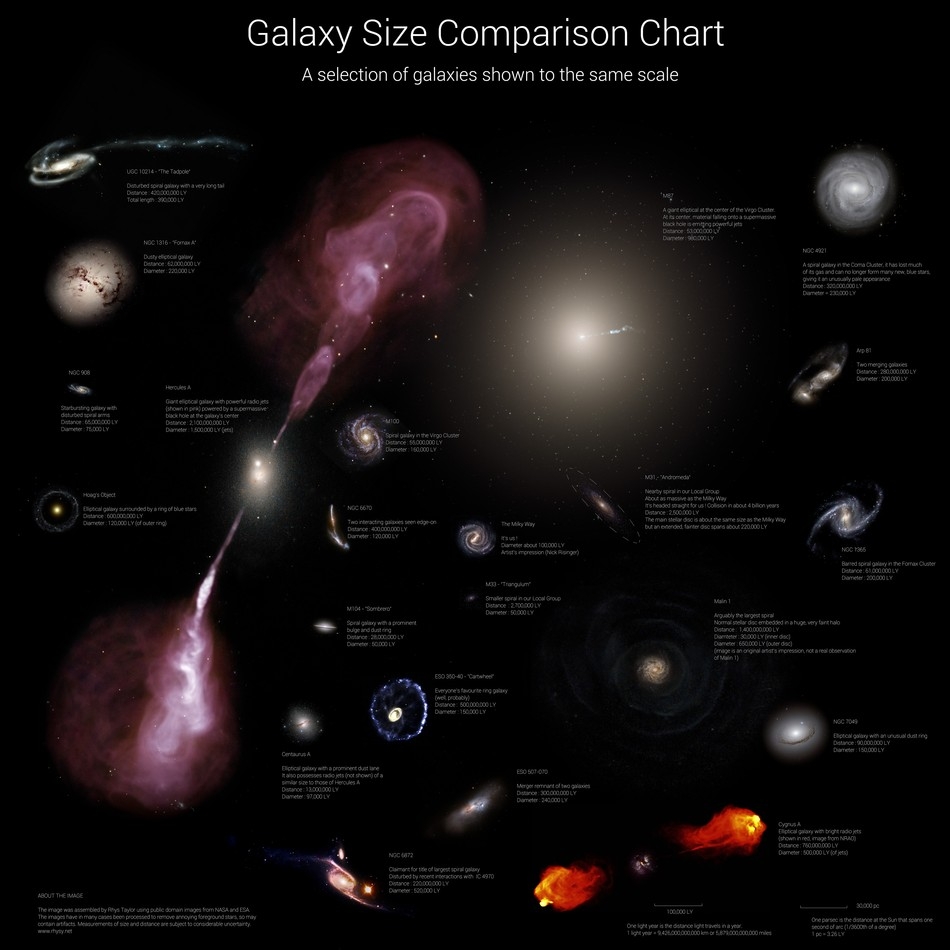I didn't know that NGC 6752 is the third brightest globular of the Milky Way. That's interesting!
Color Magnitude diagram of globular cluster M55.
B.J. Mochejska, J. Kaluzny (CAMK), 1m Swope Telescope.
And of course, I must talk about the colors of the stars of NGC 6752. Please note the number of blue stars in this cluster!
Take a look at the color-magnitude diagram of the stars of globular cluster M5. Main sequence stars are the ones that shine by fusing hydrogen to helium in their cores. At the turnoff point, the stars have used up the hydrogen in their cores, their cores shrink and their outer layers expand, and they turn into red giants. But at a certain point, their helium cores get hot enough to start fusing helium into oxygen and carbon in their cores.
Stars that contain very few "metals" - which is astronomy-speak for elements heavier than hydrogen and helium - typically shrink rather drastically when their helium burning gets going. And the more they shrink, the hotter their photospheres get, and the bluer they look. These stars are called horizontal branch stars.
(And then, after some time, the stars on the horizontal branch use up the helium in their cores, and then they expand for the second time into cool giants and turn red, until they shed their outer layers altogether and become white dwarfs.)
Note a few points here. The brightest stars in a globular cluster are always the brightest red giants. But the second brightest stars are the blue (or bluish) horizontal branch stars, assuming there are any blue horizontal branch stars at all. Not all globulars have them.
Ground-based (David Malin/AAT) and Hubble/NASA/ESA/R. Gilliland
images of 47 Tucanae. There are no blue horizontal branch stars here.
Color magnitude diagram of 47 Tucanae with a "red clump"
(instead of a horizontal branch) and blue straggler stars (in the box).
Image: Puragra Guhathakurta from archival HST /WFPC2 data.
The second brightest globular of the Milky Way, 47 Tucanae, lacks blue horizontal branch stars. The HST color image of 47 Tuc was taken through ultraviolet (336 nm), visible (555 nm) and near infrared (814 nm) filters, and should have caught any horizontal branch stars if there were any.
Both 47 Tuch and NGC 6752 have blue straggler stars, however. Blue straggler stars are still fusing hydrogen to helium in their cores, and they brighter and bluer than other that are still on the main sequence. The blue stragglers of 47 Tuc are marked in the box in the color-magnitude diagram of 47 Tuc. But as you can see from the diagram of M55, blue straggler stars are almost always fainter and usually less blue than the horizontal stars of a globular cluster.
Ann
 Globular Star Cluster NGC 6752
Globular Star Cluster NGC 6752







